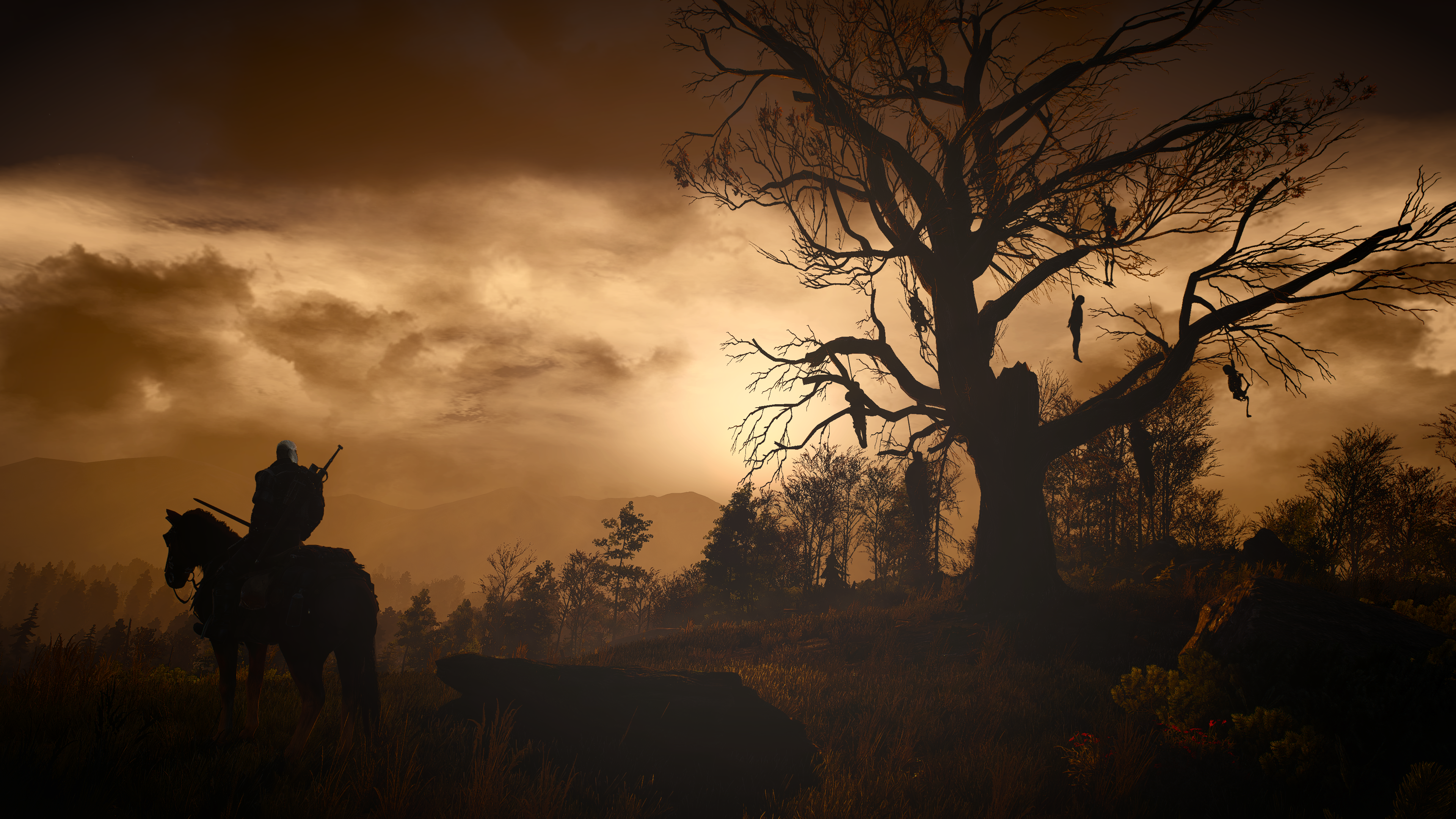As we’re rolling into March I find that I’m further settling into my work rather well. It’s been a good few months for my professional self esteem because the change of scenery has allowed me to realise what it is that I can offer to a company, how fast I pick things up and make it my own, and how well I can be up and running and contributing. I’m learning a lot, which is very nice.
Having said that, things have not been without its struggles. My biggest support at work recently departed the company, which is a real shame, since I think they had a lot to offer, professionally but also as a friend and I fear that we’ll lose touch. The company is also quite a bit bigger and quite a bit more political. The culture is different, too, which I have to get used to.
I do miss Amsterdam a little bit, or rather, the life that I had there. The contrast between the workweek and the weekend is much less extreme here, and I’ve found that I miss that. Work days are quiet and comfortable, and weekend days are usually quite similar. I don’t have that many friends yet here, and those people that I’m friendly with are considerably more settled down than my friends in Amsterdam.
But, flying back once a month for a weekend of fun has been going well. I’ve agreed with my work that I can depart midway on Friday to go to the airport, giving me another evening to go and see people and act like a moron, without jeopardising my ability to have a fun D&D session on Sunday.
My relationship with Joasia has flourished, I think. Initially, being apart as much as we were helped make it really special when we saw each other again. But now, I feel like we’re both at an age where it’s just really nice to be able to rely on each other’s presence. Perhaps even learn how to take each other’s presence for granted just the tiniest bit.
The only thing that’s still not well for me is my lower back. It’s gotten considerably worse after coming back from Brazil, at a time I was hoping that the extended break would get rid of the tension in my back, but going back to work has made it worse, not better. The last week or so things have been a little better. I’ve stopped going to BJJ and I haven’t been running, trying to give my back a break. It’s making me anxious, though. I’m trying to watch my diet a bit so that I don’t get too heavy in the meantime. It’s been three weeks since I went training and hopefully it won’t be much longer.
